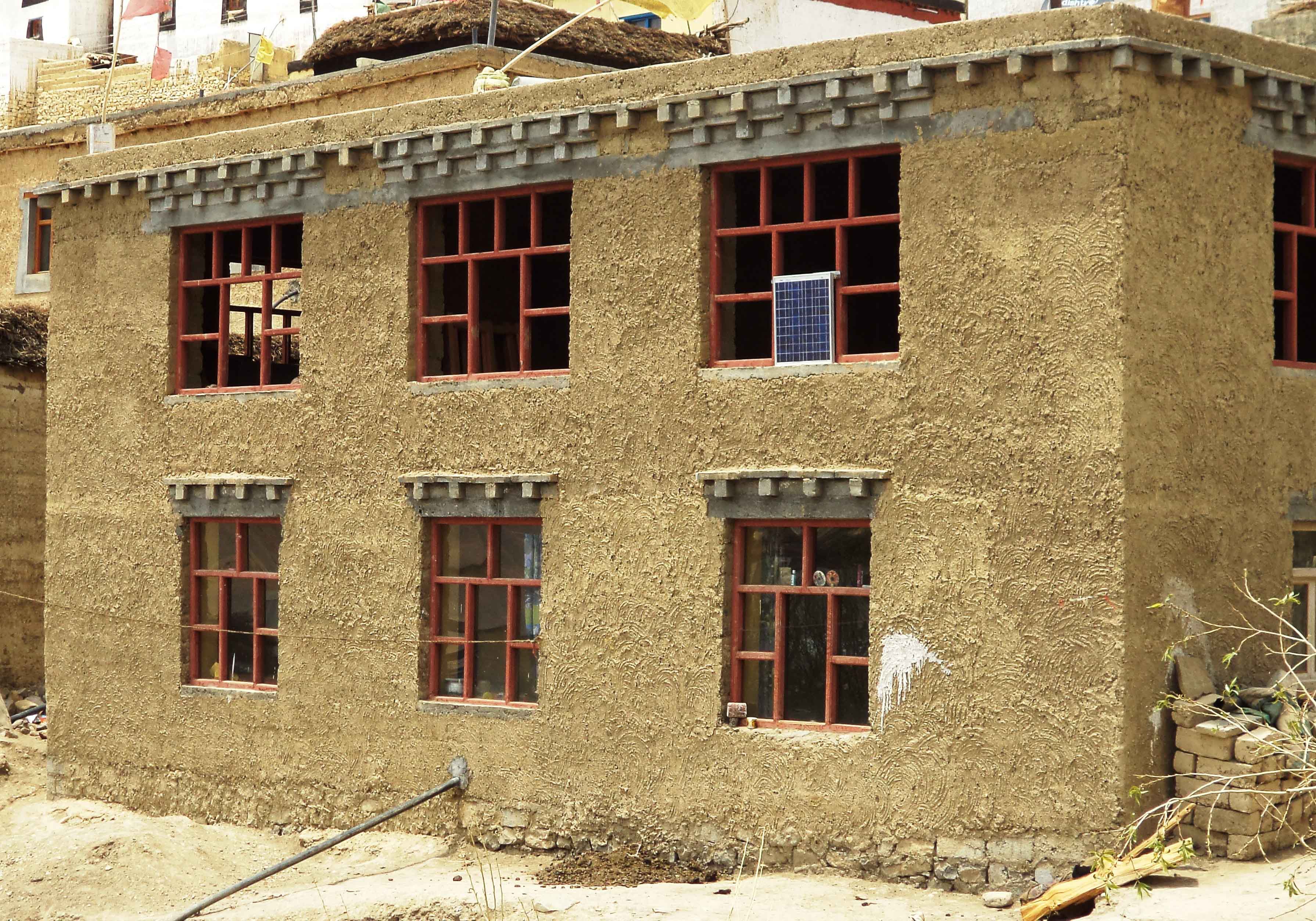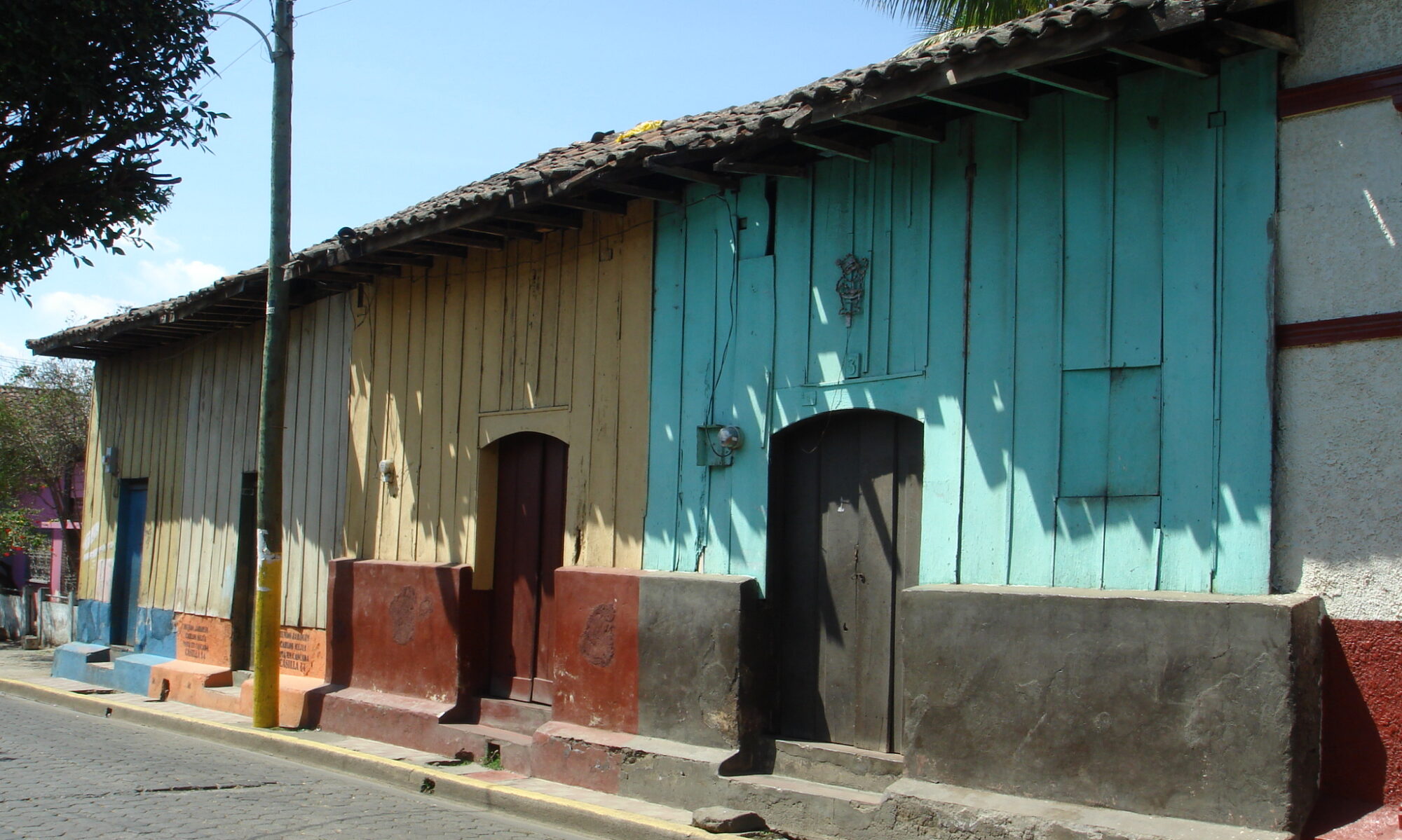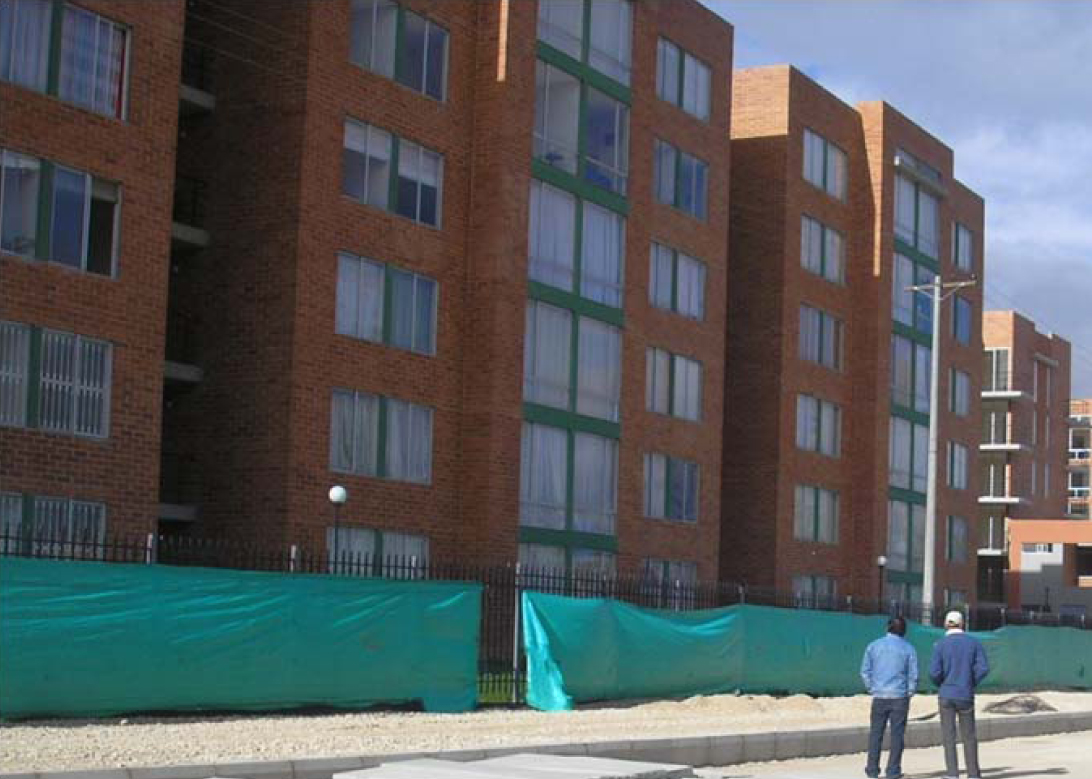Report # 175 : Reinforced Clay Brick Masonry Building
by Luis Carlos Hackmayer, Lars Abrahamczyk, Jochen Schwarz
This type of single-story housing is typically built in urban areas around the Country. Nowadays also
multistory buildings up to 10 stories can be found with the same structural system and is generally
used for residential purposes; however this report focuses on single-story buildings. This type of
structure is in general earthquake resistant but the construction process should be somehow improved
in terms of controls and checks. The vertical and horizontal loads are supported by the reinforced
masonry walls. The vertical reinforcement bars are placed in the hollow cores of the clay masonry
units and the horizontal reinforcement bars in between the horizontal bed joints of the units (the
separation depends on the selected energy dissipation capacity).
Report #171 : Mud Wall Construction in Spiti Valley

by Ankita Sood, Aditya Rahul, Yogendra Singh, Dominik H. Lang
This report describes a building type found in Himachal Pradesh, a northern state in India. It is
concentrated in the upper reaches of the state in the Lahaul and Spiti districts, which are located in a
cold-desert area with very hot days and chilling nights. Precipitation usually only occurs in the form
of snowfall with almost no to very little rainfall. This dryness of the local climate is reflected in the
architecture of this construction typology which consists of thick mud walls with small openings in
order to insulate the interior from the harsh outside climate. This style of construction which is
predominantly used for residential houses and temples is still being practiced though it shows high
seismic vulnerability.
Confined Masonry Design Guide
The final version of the Design Guide for Confined Masonry Construction is now available. The guide is available at both the WHE site (https://www.world-housing.net/
Reminder about EERI’s New E-Affiliate Program for Developing Countries: Join EERI for $25
As recent earthquakes tragically illustrate, many of the more difficult issues facing earthquake professionals are particularly challenging for those in developing countries. While over 20 percent of EERI’s membership is located outside the United States, EERI aims to increase this percentage, particularly with colleagues in developing countries. Many developing countries face a serious risk from earthquakes and some EERI projects, carried out in conjunction with local partners, address this risk in particular. Our WHE project is a prime example of such a project. EERI believes that many colleagues in developing countries would benefit from EERI membership, but the current membership fee of $250 (or $166 for members in developing countries who receive printed copies of EERI materials) is prohibitively high for many. To that end, EERI has developed the new category of e-affiliate membership. It is an electronic membership that is available to new members in developing countries only. The dues for this category are $25 per year. Benefits of this membership include:
- Online access to the EERI Newsletter
- Listing in the EERI membership directory
- A pdf file of an abridged directory or roster, listing EERI members by state, country and discipline. Full contact details can then be obtained through the EERI members-only website
- Electronic access to earthquake reconnaissance reports
- Electronic access to up to 2 papers per issue of the quarterly journalEarthquake Spectra
- Member rates for all conferences and meetings
- A certificate of EERI membership delivered by email
This category of membership does not include voting rights. To access an application form for e-affiliate membership, visit:
http://www.eeri.org/member-center/get-involved/become-a-member/.
Stone Masonry Tutorial
A new tutorial on stone masonry construction has been released and is available on the WHE website for download. Authors Jitendra Bothara and Svetlana Brzev have been working for several years on this document which covers seismic deficiencies and damage patterns, techniques for stone masonry construction to improve earthquake performance and stone masonry retrofit. The document can be downloaded here:
Framed Infill Network
Non-ductile concrete frames with unreinforced masonry walls added as infill after the frame has been built are one of the world’s most common, and most vulnerable, building types, as WHE participants are well aware. Despite often-poor seismic performance, infill buildings’ low construction costs mean that these buildings will continue to be built for the foreseeable future.In an effort to find new low-cost practical ways to improve the seismic safety of these buildings,GeoHazards International has received a small grant from EERI to begin work on a new initiative–the Framed Infill Network. This network will connect building professionals interested in developing new approaches that make intentional, beneficial use of infill walls by designing them as integral components of the concrete frame to create so-called “framed infill” systems. The network’s activities, which include developing draft engineering design guidelines for new buildings, a literature survey, and research needs summary, complement the ongoing efforts of several other WHE initiatives, including the Confined Masonry Network. If you or your colleagues are interested in participating in Framed Infill Network activities or in simply staying informed about the network, please contact Janise Rodgers of GeoHazards International (rodgers@geohaz.org).
New Tutorials section of website
Along with the new and revised tutorials, the tutorial section of the WHE website has been completely redesigned by current EERI summer interns Chiara McKenney and Michael Germeraad. The re-design has separate pages for each construction technology, along with a listing of the WHE reports on those technologies. The new site is much more visual. Check it out!
Revised Adobe Tutorial
A revised and improved version of the adobe tutorial is also now available for download at this page:
https://www.world-housing.net/tutorials/adobe/tutorials
In addition to the revised adobe tutorial in English there are also several additional tutorials endorsed by the WHE on strengthening adobe with geomesh, available in English and Spanish, including a trainers’ guide on using geomesh reinforcement, available in Spanish. These are available on the same adobe tutorials page link.
There are also a number of videos on reinforcing adobe available at this page:
https://www.world-housing.net/tutorials/adobe/introduction
(scroll down to see them)
This brings to 4 the number of tutorials that have been developed by WHE volunteers. Work is underway on a 5th tutorial on straw bale construction by EERI members Dmitry Ozeryansky and Martin Hammer. WHE editorial board member Jorge Gutierrez is translating the RC frame tutorial into Spanish and expects it will be available sometime in the fall.



